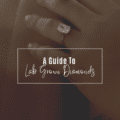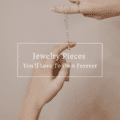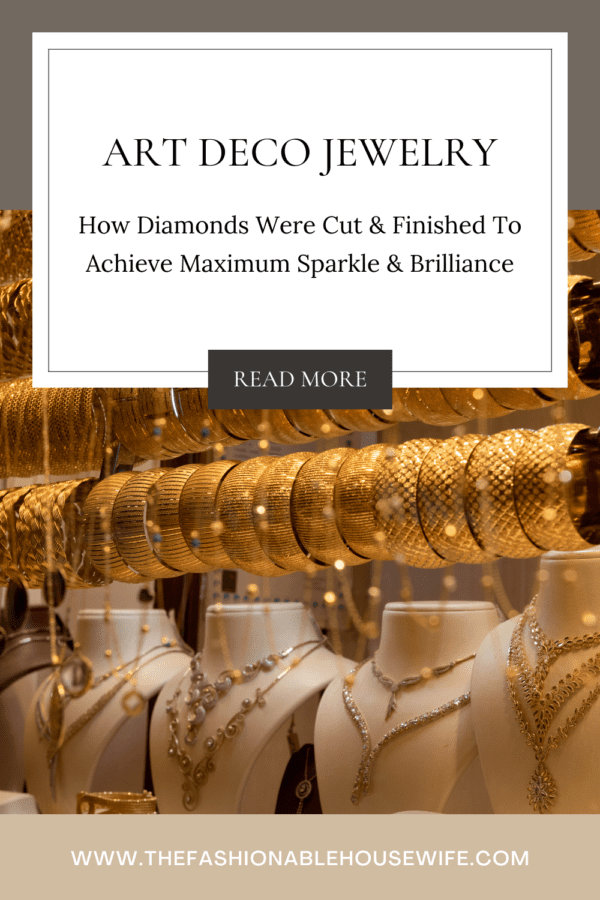
Prior to anything, it is important to distinguish between the terms ‘antique’ and ‘vintage’ when looking at jewellery. The term ’antique’ should only be used to describe a piece that is at least 100 years old, while anything that is 30-100 years old would be classified as ‘vintage’. Sadly, these two terms are used in a broad sense, often mistakenly.
Early European Diamond Cutting
This emerged in the 16th century, when European powers began to colonise India and the east. The Indians were way ahead of the Europeans regarding the cutting and shaping of diamonds and this knowledge quickly moved into Europe.
The Old Mine Cut
This originated in India when all work was done by hand and by eye; by this time, we had learned that diamond was the hardest substance on the planet and the only thing that could cut diamond was diamond! The Portuguese conquered the Indian port of Goa in 1510 and they made it the main diamond trade route to Europe and from that time, a steady stream of diamonds began to arrive in Europe.
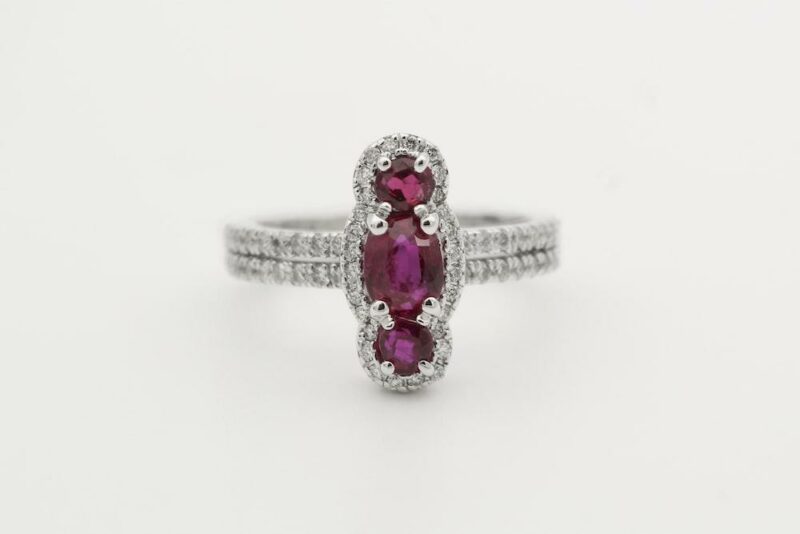
Popular Hand Cuts
Aside from the Old Mine Cut, the following were popular:
- Rose Cut
- Point Cut
- Table Cut
- Mirror Cut
- French Cut
The Art Deco Period
The early 1920s saw a bold and exciting new style emerge; enter Art Deco, a blend of rich colour and bold, geometric shapes. Most diamonds were hand cut (French, Emerald & Asscher cut). Using an Old European cut, jewellery makers of this period started to experiment with different gemstones and materials, while diamond cutting became the domain of machinery thanks to the Industrial Revolution.
Carre Cut
This is a square shaped cut with 90-degree angles and a large upper facet; perfect for the clean lines of Art Deco, the Carre Cut became very popular in the 1930s and other versions emerged, such as the Asscher Cut. If you are looking for a very special Art Deco diamond engagement ring, the best place to find genuine pieces is the online antique dealer; Google can help you find local antique dealers and you can browse in the comfort of your own home.
Intricate Settings
Technology empowered jewellery makers by bringing tools to generate the right amount of heat, enabling intricate settings, which is evident in Art Deco jewellery. If you are looking for a fantastic selection of Art Deco antique engagement rings, look no further than a leading antique dealer, who would have a great catalogue of genuine Art Deco jewellery, all at affordable prices.
Brilliant Round Cut
It was in the early 20th century that the Brilliant Round Cut became popular; a total of 57 facets reflected the light to create a full sparkle. Most late Art Deco jewellery used the Brilliant Round, or a version of it.
Diamond Polishing
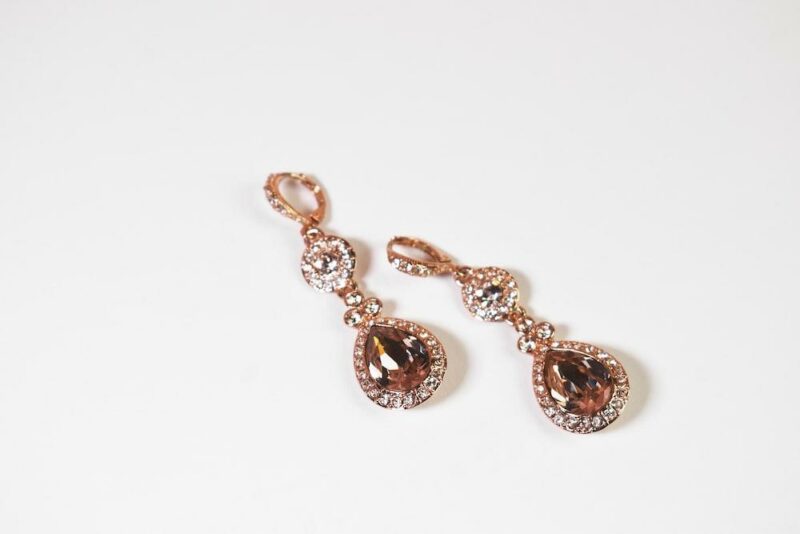
Once a diamond has been cut, it is then polished to bring out the sparkle. Techniques improved over the years and diamond cutting and polishing morphed into a specialised sector.
The Art Deco era saw the end of a period of austerity and this bold style is as popular today as it was a century ago. If you are planning to pop the magical question and you know she loves Art Deco, you will find the perfect Art Deco diamond engagement ring at the website of a leading antique dealer. If the ring needs resizing, the dealer can do this, ensuring the ring is a perfect fit.

